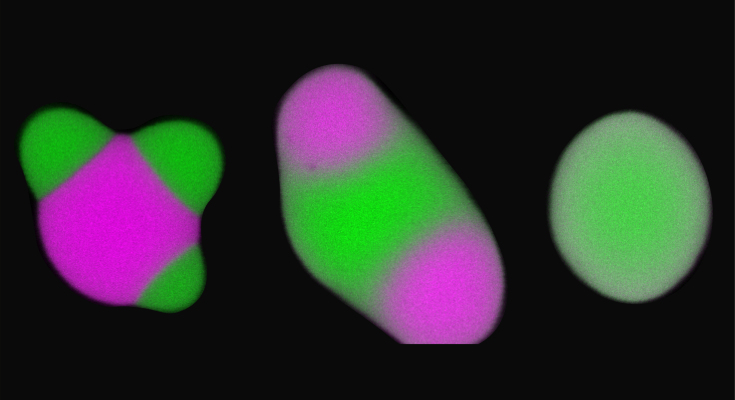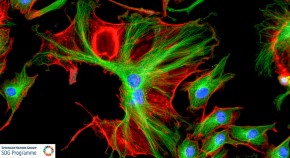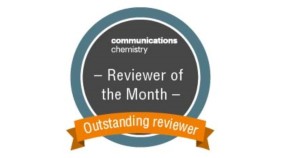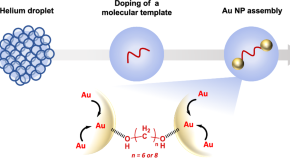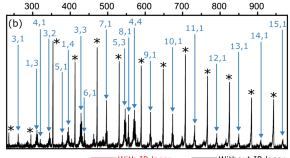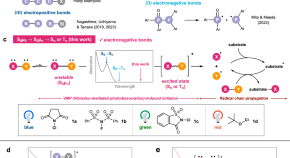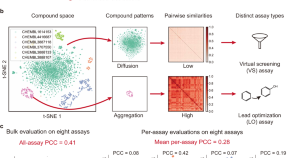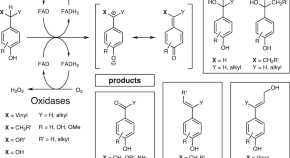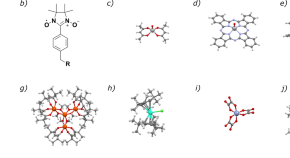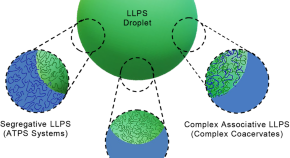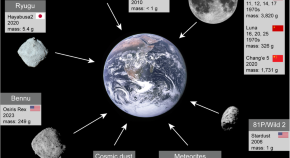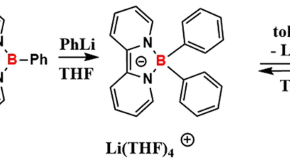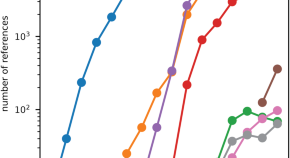Advertisement
-
-

Molecular entanglement can strongly increase basicity
Brønsted basicity can be greatly enhanced by the mechanical entanglement of two or more interlocked molecular subunits within catenanes and rotaxanes. Here, the authors discuss the development of such mechanically interlocked superbases, and outline challenges and opportunities for future directions of research.
-
-
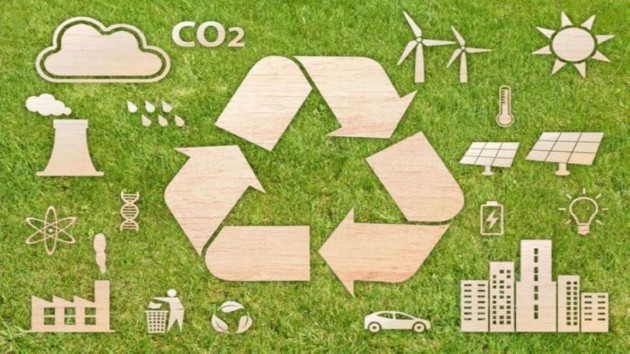
Electrocatalytic CO2 reduction
The electrochemical reduction of carbon dioxide (CO2) is a key technology to combat global climate issues. By utilizing renewable energy, we can convert greenhouse gases into value-added commodity chemicals. While there has been a growing number of CO2 research in recent years, there are still many unanswered fundamental questions and engineering challenges. With this collection, we encourage scientists from different academic backgrounds to explore these remaining challenges in the CO2 electrochemical reduction reaction and provide a forum for the CO2 community to share their latest research results. We welcome all submission of original research articles, reviews and perspectives related to the theme of CO2 electrocatalytic reduction.
Trending - Altmetric
-
Molecular entanglement can strongly increase basicity
-
Substrate scope expansion of 4-phenol oxidases by rational enzyme selection and sequence-function relations
-
Open questions on carbonaceous matter in meteorites
-
Synthesis of ultra-high molecular weight homo- and copolymers via an ultrasonic emulsion process with a fast rate

